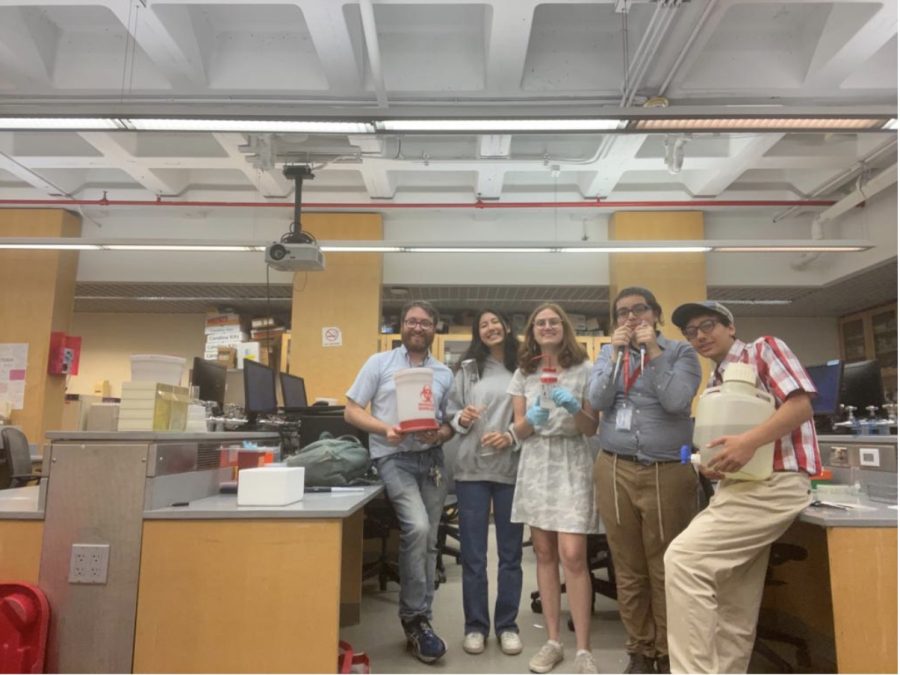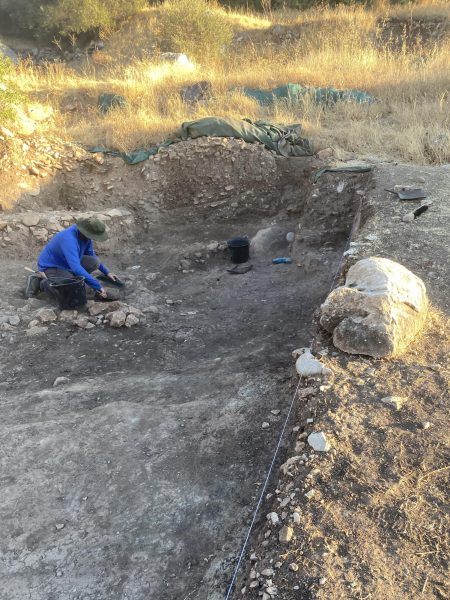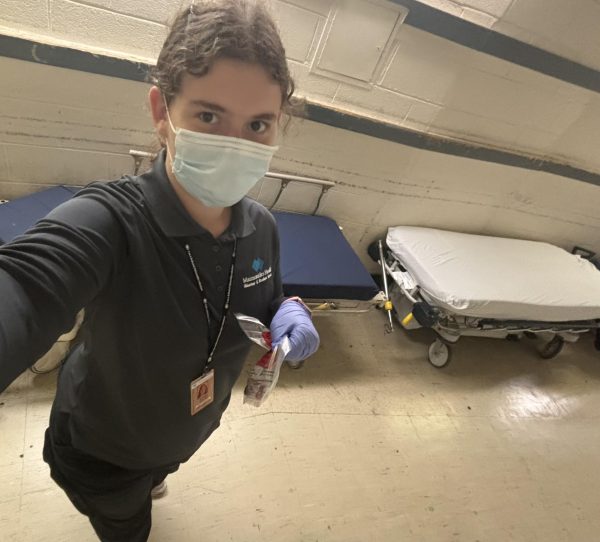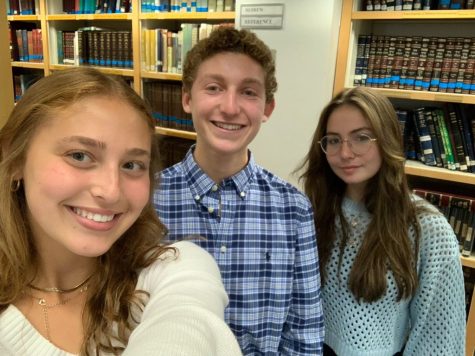YU Science Research Internship
The rigorous lifestyle every scientist has to experience at one point in their scientific journey is the one of PCR: Pipette, Cry, Repeat. In reality, PCR refers to a polymerase chain reaction. But, as many first-year biology college students learn, it is much more complicated than simply pipetting solutions together and placing them into a machine. This past summer, two Ramaz juniors experienced PCR and other firsthand scientific experiments and demonstrations in a fascinating and educational internship.
Every morning over four weeks, Juniors Romi Chaovat ’24 and Sarah Silverman ’24, along with Yeshiva University High School for Boys— known as MTA— Chaim Kogan and Ryan Ganz, ventured up to Yeshiva University on 181th street. They began each day, at the YU security office to obtain their prized visitor passes, and spent the rest in the Belfer building to the 14th bio-labs.
The program was led by Mr. Chayim Goldberg, a biology and chemistry teacher, both at Ramaz and MTA. With Goldberg’s supervision and the guidance of Yeshiva University Chair of Biology, Professor Sumatra Goswami, high school students interested in the science field had the opportunity to learn real-life science research techniques.
Professor Goswami’s research is focused mainly on immunology and cancer biology but had shifted in light of the COVID-19 pandemic. His role in the program was seen directly through his weekly Monday meetings. He would go in-depth about virus mechanics, qPCR, and most interestingly, his up-and-coming projects. In line with the latter, he taught how COVID-19 worked within human bodies and spread through communities, and emphasized how tainted the COVID-19 tests are. Essentially, current COVID-19 tests cannot identify and differentiate between when a person has COVID within their body but is unable to spread the disease, and when someone is actively spreading the virus. Professor Goswami is in the works of solving this problem through a new type of test that he hopes to release shortly.
The first of the four weeks were simply about learning the techniques and how they are supposed to work. When conducting a specific experiment, one must learn the procedures, the cautionary tales, and the structure of the lab— which is what the students later did. The four main techniques learned were Polymerase Chain Reaction (PCR), RNA/DNA Extraction, Gel Electrophoresis, and qPCR.
Polymerase chain reaction, more commonly known as PCR, is the most known phrase in light of the COVID-19 pandemic. In the news and at home, people are always talking about taking PCR COVID tests to attend work the next day or be cleared to get on a flight, but what does this actually mean? A polymerase chain reaction is the amplification of a selected part of a DNA strand until the DNA is copied to the extent that it overtakes the background components in the solution. It takes meticulous pipetting of minuscule liquids, where even the slightest miscalculation will lead to an unusable sample. As mentioned in the first sentence of this article, this technique is not for the faint of heart as even the tiniest droplet left out of the solution is, most likely, a cause for disaster.
In the following three weeks, Chaovat ’24, Silverman ’24, the MTA boys, and Mr. Goldberg conducted each experiment, one by one, until success. They learned the joy of an experiment working and the hardships of one not. Most importantly, they got a glimpse into a field that interests them all. Silverman ‘24 happily shared the following: “I learned a tremendous deal this Summer at YU. I had never worked in a lab setting before, and under Dr. Goswami and Professor Goldberg, I was able to see a side of science we don’t normally experience in the classroom.” From the making of jelly sheets for the DNA to run through, to playfully arguing about how to approach the experiment, the high schoolers left with knowledge that they never thought they would learn.




